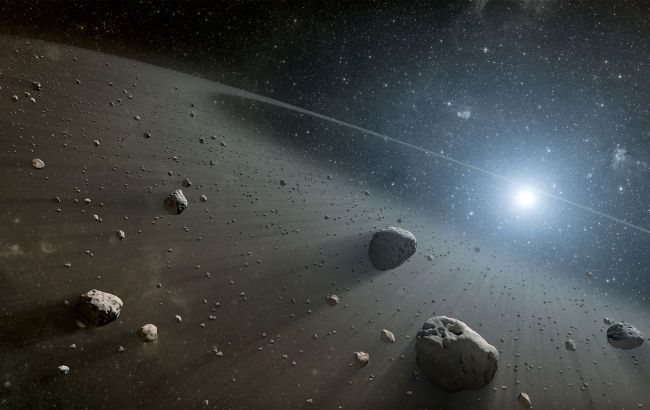One of strongest meteor showers will occur over Earth in May: What is known
 (photo: Getty Images)
(photo: Getty Images)
On Sunday, May 5th, a peak in meteor shower activity will occur over the Earth. The intensity and richness of this meteor shower will be observed until May 10th. Researchers suggest that this shower will be the most intense since the beginning of the 21st century, according to Science Alert.
The Earth orbits around the Sun and encounters streams of dust and debris from comets and asteroids. This generates meteor showers when comet fragments fall to Earth, usually burning up in the atmosphere.
Comet Halley (officially designated 1P/Halley) orbits the Sun approximately every 76 years and has been on its current trajectory for thousands of years.
Each time the comet passes through the inner part of the Solar System, it ejects dust and gas. This dust slowly spreads through space, forming a wide debris trail around the comet's orbit.
The Earth passes through this debris trail twice a year, resulting in two famous meteor showers. In October, we experience the Orionids meteor shower, which is visible from both hemispheres and relatively well-known.
But the better of the two streams of Halley's debris reaches its peak in early May – the Eta Aquarid meteor shower. Earth begins encountering these fragments in mid-April and then spends approximately six weeks crossing the wide stream of debris left by the mighty comet.
The Eta Aquarid meteor shower is a stream of debris left by Comet Halley. It is best seen in the southern hemisphere. This year, the shower promises to be particularly spectacular as it coincides with the New Moon. A few hours before dawn, the sky will be very dark - creating ideal conditions to observe the shower of fragments from the famous comet.
Furthermore, according to scientists, this stream may be significantly more active than usual and become the most powerful meteor shower of the 21st century.
We also covered NASA's detection of a city-killing asteroid approaching Earth.

